Table of Content
A recent policy recommendation from the Maharashtra government may soon bring good news to housing societies planning to undertake self-redevelopment. A government-appointed committee has proposed that residents who opt to redevelop their own buildings without involving private builders should be granted 10% additional carpet area. This move is expected to empower housing societies, revive pending redevelopment projects, and give residents larger and better homes.
Let’s break down what this proposal means, who it will benefit, and how it might reshape Mumbai’s urban housing landscape.
What Is Self-Redevelopment?
Self-redevelopment is a model where residents of a cooperative housing society take full ownership of the redevelopment process. Instead of partnering with a builder, the society manages approvals, hires contractors, and oversees construction. While the process is more hands-on, it gives residents full control over design decisions, timelines, and most importantly, the profits, including unsold flats and commercial units.
With the Maharashtra government panel proposing a 10% extra carpet area, the state now aims to make this model even more attractive.
Also Read: Mumbai Redevelopment Projects Worth ₹18,000 Crore Announced Even as Sales Slow Down
Key Recommendation: 10% Additional Carpet Area for Residents
On July 15, a committee headed by BJP MLC Pravin Darekar submitted its report to Deputy Chief Minister Devendra Fadnavis. The report suggests that societies opting for self-redevelopment should receive an additional 10% carpet area per unit. This recommendation is currently being reviewed by the housing, cooperative, and urban development departments. If accepted, the proposal will be forwarded to the state cabinet for final approval.
Fadnavis expressed optimism, stating the move could accelerate many delayed projects across Maharashtra and help residents finally move into spacious, modern homes.
Cluster Redevelopment Also Under Consideration
In addition to individual society projects, the committee has proposed extending benefits to cluster self-redevelopment, where multiple societies join hands to redevelop collectively. To enable this, the minimum land requirement has been proposed at 2,000 sq. meters half of what is currently required for standard cluster redevelopment.
The recommendation also includes guidelines for minimum flat sizes:
- Each residential unit in the cluster will be entitled to at least 376.73 sq ft of carpet area.
- Non-residential units will receive space equivalent to their existing occupied carpet area.
Provisions for Slum-Dwellers
Interestingly, the Maharashtra government panel proposes 10% extra carpet area not just for formal societies but also includes provisions for slum rehabilitation under self-redevelopment. Slum-dwellers would be entitled to 300 sq ft flats, and the committee recommends forming a dedicated Slum Self-Redevelopment Authority to oversee such projects.
It has also proposed allowing slum societies to acquire ownership of land currently held by state, central, or semi-government authorities on similar terms as Class II occupancy lands already converted to freehold.
Who Will This Benefit?
The scope of the committee’s proposal is quite broad. The recommended benefits are not limited to housing societies on private land. If implemented, the following would be eligible:
- MHADA buildings
- Cessed and non-cessed buildings
- BPT and BARC colonies
- Slum cooperative housing societies
This wide coverage is designed to address Mumbai’s ageing building stock and promote in-situ redevelopment without displacing communities.
Funding and Financial Support
To support these self-redevelopment efforts, the committee has put forward specific financing reforms:
- Societies should be allowed to mortgage land and unsold flats to raise project funding from apex cooperative banks.
- NABARD and HUDCO should be directed to fund such redevelopment initiatives through urban cooperative banks.
- District cooperative banks, which already fund small-scale housing projects, could become key partners with increased state-level support.
These measures aim to reduce financial barriers and make self-redevelopment accessible to more societies.
Also Read: First-Floor Chawl Residents May Get Rehab Benefits: Maharashtra Govt’s Big Move
Focus on Metro Line 3 Impact Zones
The report also includes a noteworthy urban planning recommendation related to Mumbai Metro Line 3. The panel suggests that all dilapidated buildings along the underground corridor should be declared "project-affected" and fast-tracked for redevelopment. This would not only ensure public safety but also allow smoother metro operations once the line becomes functional.
A separate regulation under DCPR 2034 has been suggested to facilitate this redevelopment.
Final Thoughts
With this recommendation, the Maharashtra govt panel proposes 10% extra carpet area as a direct incentive for housing societies to pursue self-redevelopment. If implemented, the policy could reshape how redevelopment projects are approached in Mumbai and across the state. By empowering residents with additional space, financial tools, and broader eligibility, Maharashtra is taking a bold step toward more sustainable and community-led urban transformation.
The ball is now in the state cabinet’s court. If approved, thousands of cooperative housing societies could soon gain a renewed opportunity to rebuildon their own terms.
Follow AquireAcers WhatsApp Channel to Stay Updated With The Latest Real Estate News

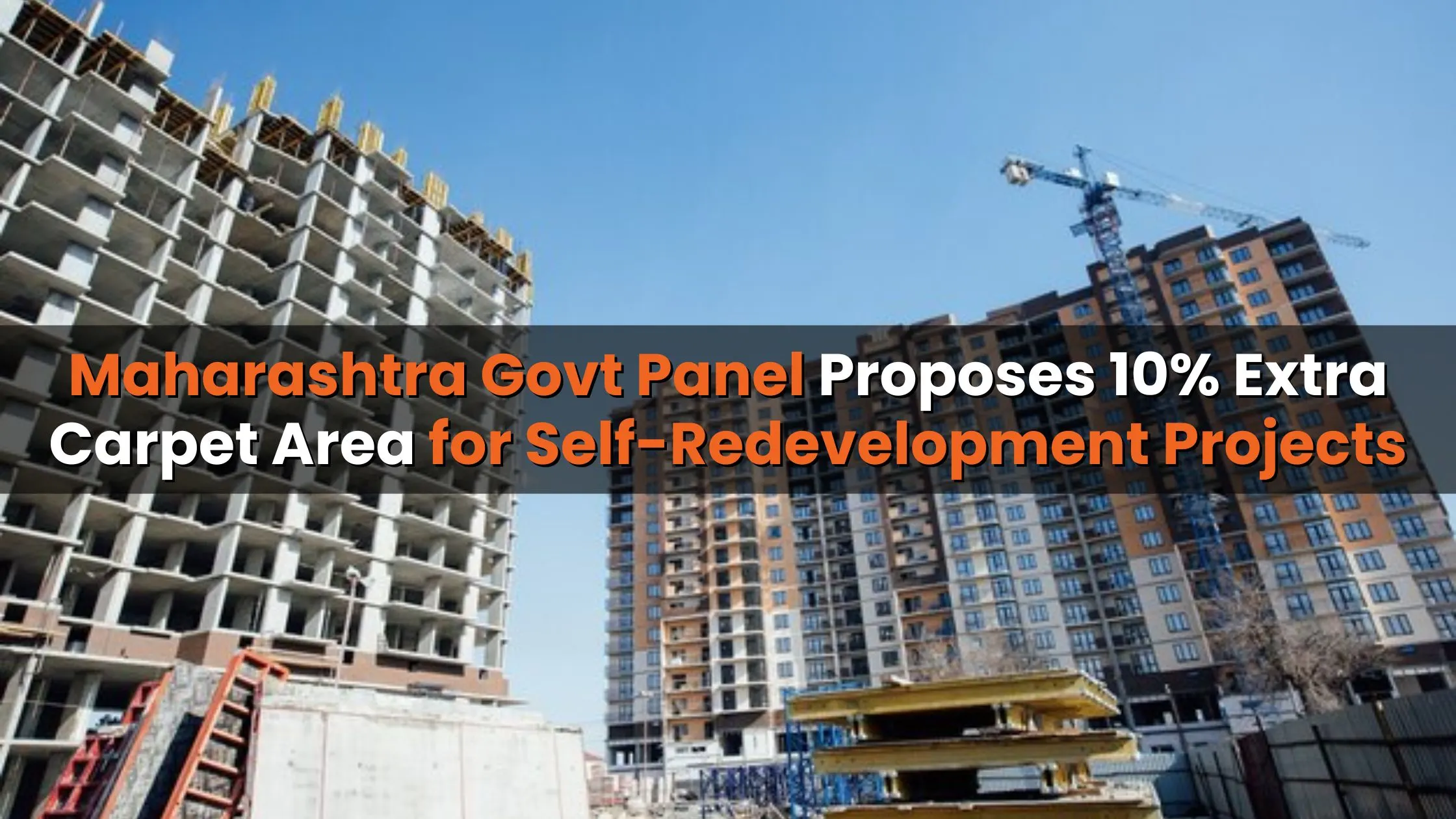
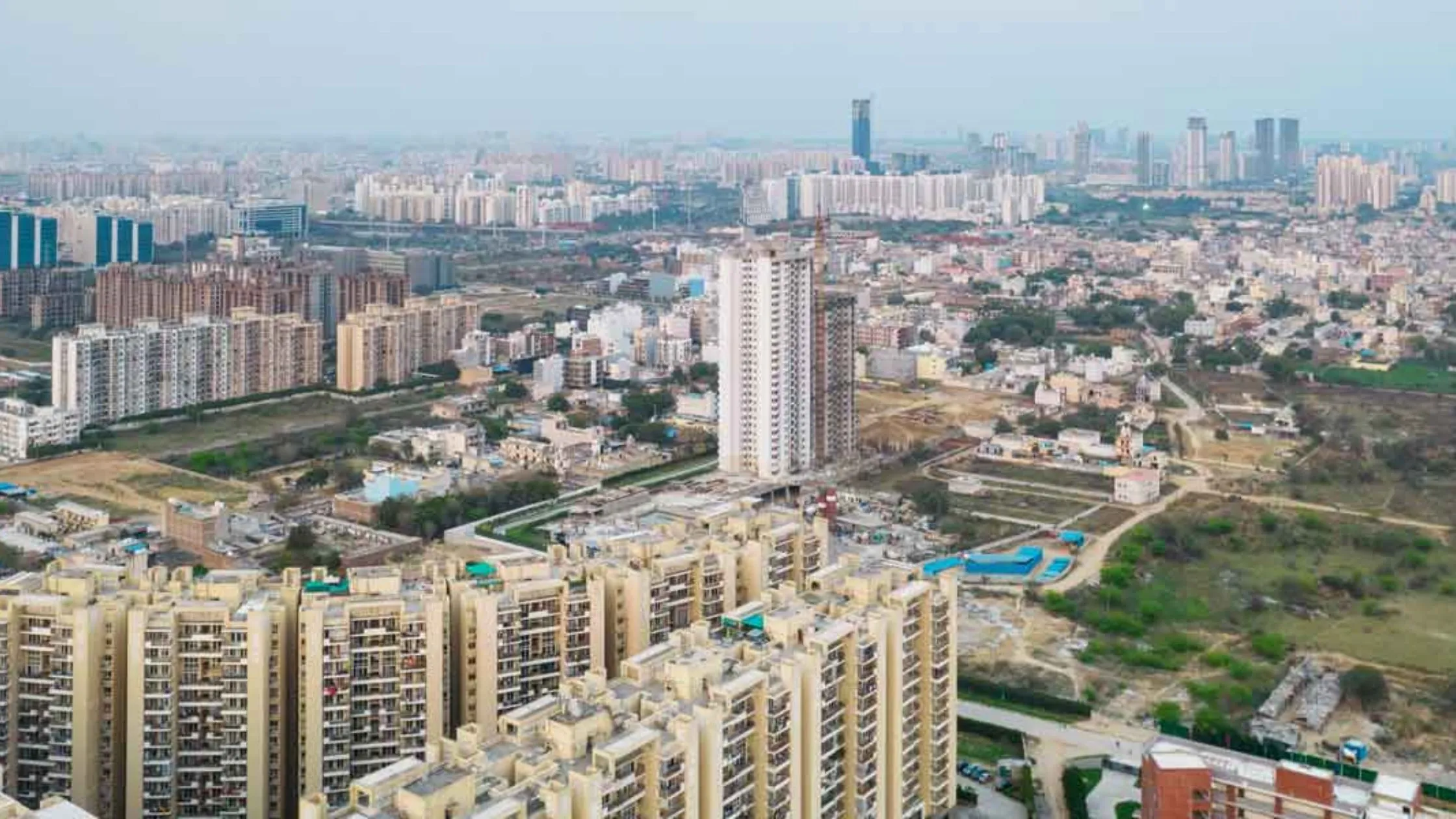
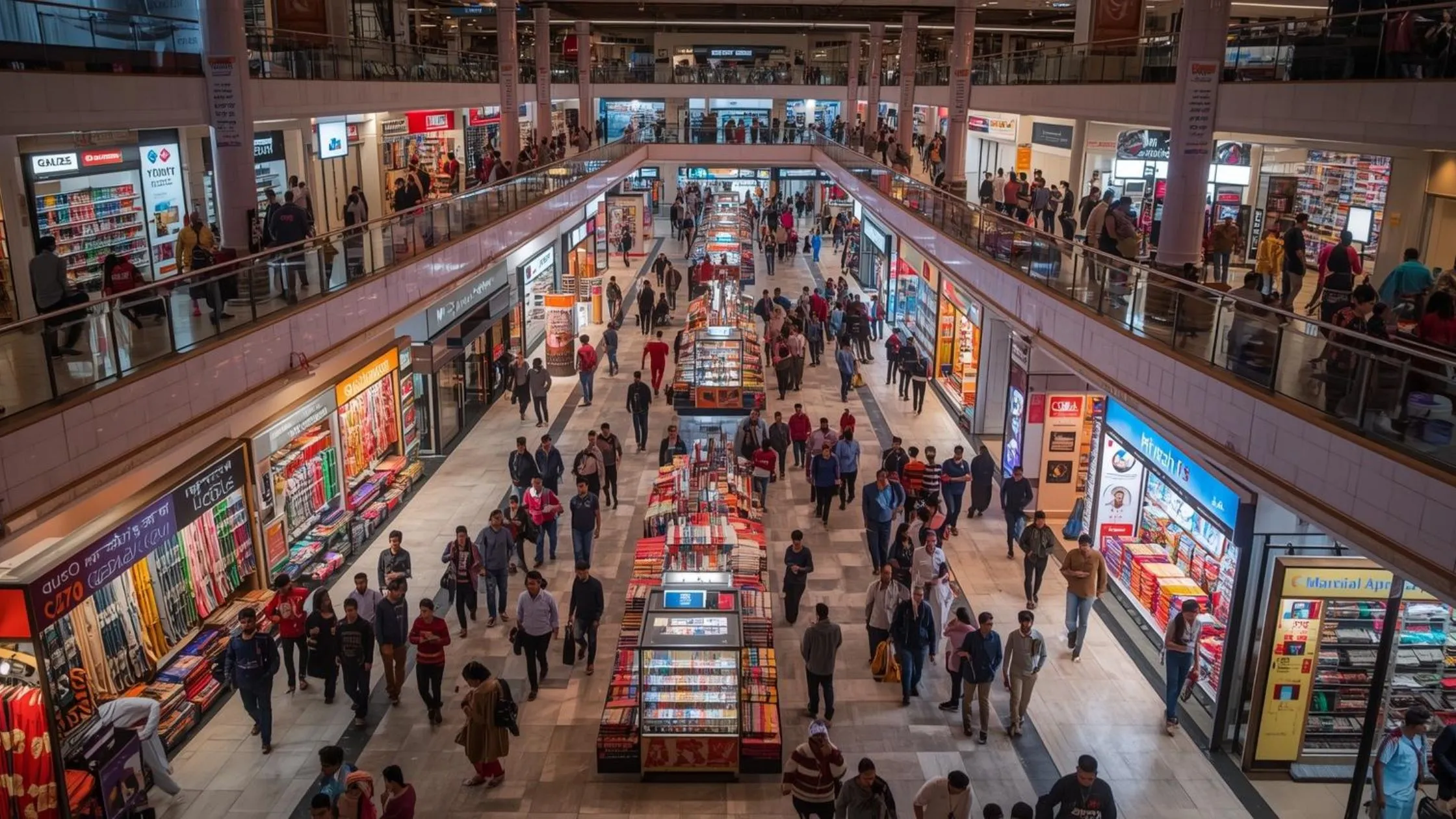
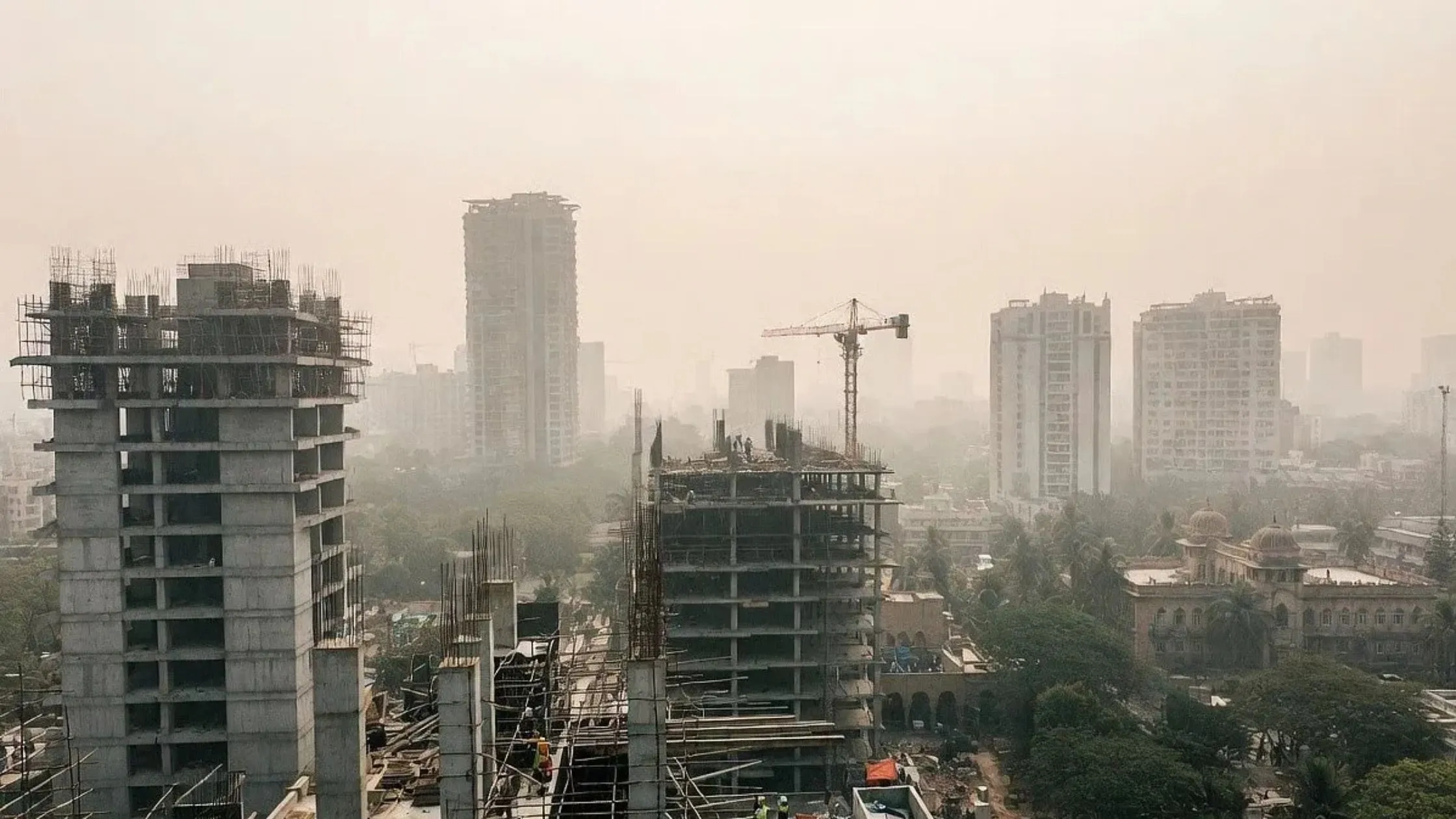
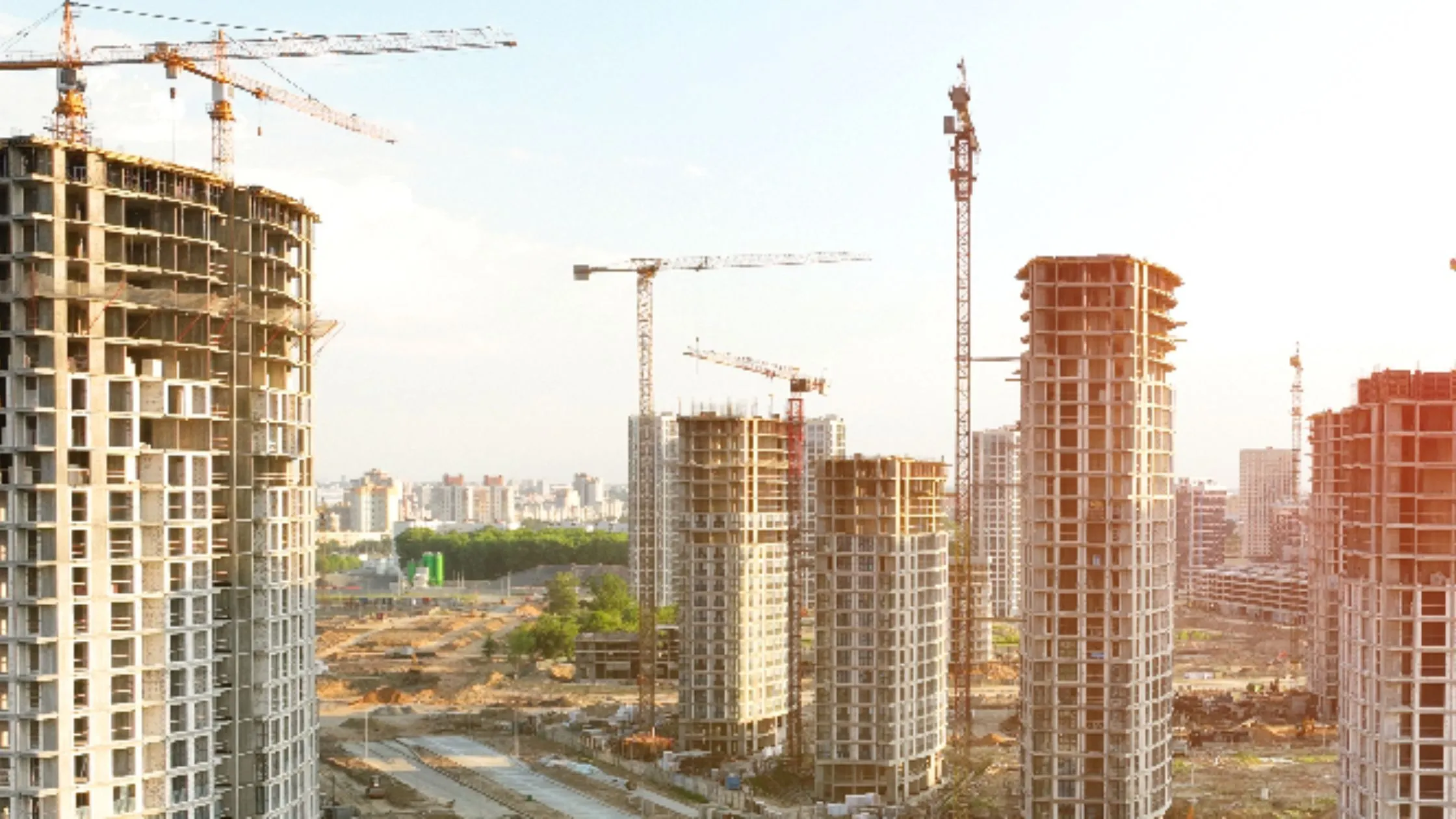


Ans 1. The committee has proposed giving an additional 10% carpet area to residents who choose the self-redevelopment model. This means societies that manage the redevelopment of their own buildings without private builders would be rewarded with larger flats than before.
Ans 2. The proposal could benefit a wide range of housing societies, including MHADA buildings, cessed and non-cessed properties, BPT and BARC colonies, and even slum cooperative societies. It’s designed to support both middle-class residents and those in older or informal housing setups.
Ans 3. Self-redevelopment allows housing society members to take charge of the project themselves. They handle permissions, hire contractors, and oversee the construction cutting out the developer. This gives them full control over costs, designs, timelines, and profits from unsold units.
Ans 4. Yes, the proposal includes slum dwellers under its scope. It recommends 300 sq ft flats for eligible slum households and suggests creating a Slum Self-Redevelopment Authority to support such projects, ensuring smoother execution.
Ans 5. For societies that want to redevelop together, the panel has suggested lowering the minimum land requirement to 2,000 sq. meters. This makes it easier for multiple societies to join hands for larger, better-planned projects, with each flat getting at least 376.73 sq ft of carpet area.
Ans 6. The panel recommends allowing societies to mortgage land and unsold flats to raise funds. It also proposes that institutions like NABARD, HUDCO, and district cooperative banks be enabled to finance these projects, making funding more accessible and affordable.
Ans 7. The committee has suggested that all dilapidated buildings near the Metro Line 3 corridor be declared project-affected and prioritized for redevelopment. This would ensure structural safety and align urban renewal efforts with metro expansion.
Ans 8. Not yet. The panel has submitted the recommendations to the Maharashtra Deputy Chief Minister. The proposal is currently under review and will be sent to the state cabinet for approval. If cleared, it could reshape Mumbai’s redevelopment landscape significantly.